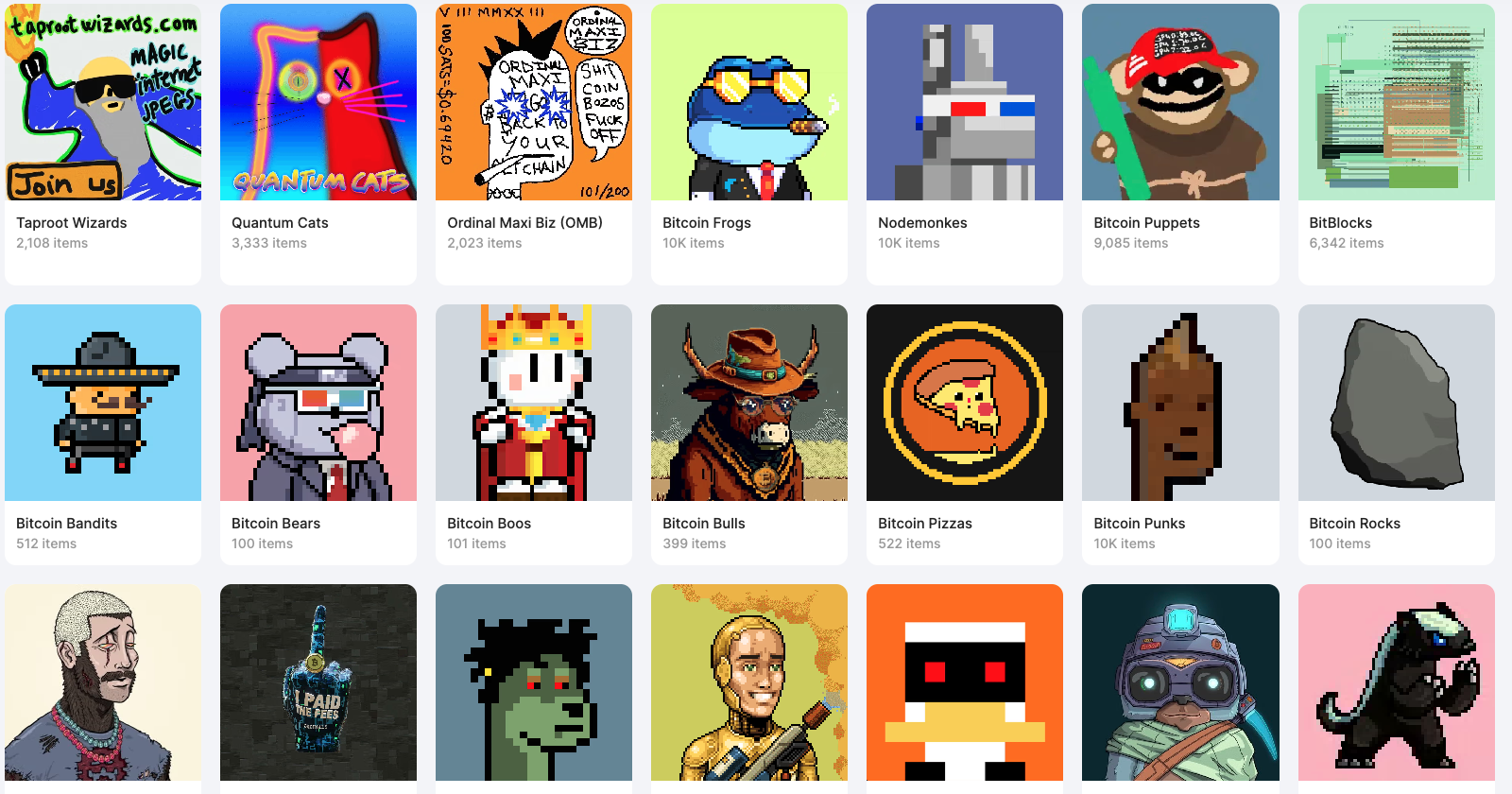Wrapping my head around: Bitcoin Ordinal Inscriptions
 decentraluis
decentraluis
Introduction
In May 2014, Bitcoin Core introduced a feature called OP_RETURN, allowing very brief messages (80 bytes) to be stored in a transaction. Attempts to use this feature for more complex projects in those early days were unsuccesfull as they were unable to gain significant traction.
Fast-forward to 2021, Bitcoin underwent the Taproot upgrade. This upgrade had effects that proved beneficial for the previously challenging task of creating bitcoin-native digital artifacts. This provided the infrastructure needed for ordinal theory, a satoshi numbering scheme crafted for creating such artifacts.
Where do inscriptions live?
Ordinal Inscriptions are stored entirely on-chain by leveraging the Taproot upgrade in Bitcoin, but how?
By utilizing Taproot script-path spend scripts, Casey Rodarmor was able to repurpose the OP_FALSE, OP_IF and OP_PUSH opcodes, labeling them as "envelopes" These envelopes serve as a method to store inscriptions data in the transaction witness.
As described in the Ordinal Theory Handbook a text inscription containing the string "Hello, world!" is serialized as follows:
OP_FALSE
OP_IF
OP_PUSH "ord"
OP_PUSH 1
OP_PUSH "text/plain;charset=utf-8"
OP_PUSH 0
OP_PUSH "Hello, world!"
OP_ENDIF
In a more general aspect, Ordinal Theory is a convention by which to consistently follow satoshis (fungible units). Those who opt-into this convention can ascribe non-fungible features to them.
Ordinals uses a FIFO (“First In, First Out”) system to track individual satoshis in a way that is consistent for those who wish to participate in this system, but without compromising the true fungibility of these Satoshis for everyone else.
On-chain provenance
The owner of an inscription can create child inscriptions, each child inscription can have more children as well, meaning complex hierarchies can be created. This is mainly used for collections.
After creating a collection, the owner can burn the parent inscription by sending tokens to a wallet that cannot be accessed, making sure that no new inscriptions can be added.
Inscriptions size limit
Since the witness data does not count towards the original 1 MB block size limit (thanks to 2017 Segwit upgrade). The effective block size limit increases to up to 4 MB, depending on the type of transactions being included. However, there is a way that let inscriptions break free from this limitations.
Recursive inscriptions
The recursive ordinal inscription mechanism allows access to the content of existing inscriptions for creating new ones while saving on block space, an elegant workaround to the 4 MB limit previously stated.
This has a number of interesting use-cases:
Remixing the content of existing inscriptions.
Publishing snippets of code, images, audio, or stylesheets as shared public resources.
Generative art collections where an algorithm is inscribed as JavaScript, and instantiated from multiple inscriptions with unique seeds.
Generative profile picture collections where accessories and attributes are inscribed as individual images, or in a shared texture atlas, and then combined, collage-style, in unique combinations in multiple inscriptions.
Conclusion
Ordinal Inscriptions are a sophisticated scheme to bring native digital assets to Bitcoin, it is still early to know if the traction they've gathered in the last months will be retained, however they're building a strong case as teams, including ours at Zky Wallet 🌌, are diving into the potential, crafting products that promise to revolutionize user experiences in ways we hadn't imagined in the Bitcoin ecosystem.
We're just scratching the surface, so keep an eye on the ordinals community and their trailblazing innovations as this exciting journey unfolds.
Sources
https://read.pourteaux.xyz/p/illegitimate-bitcoin-transactions/comments
Subscribe to my newsletter
Read articles from decentraluis directly inside your inbox. Subscribe to the newsletter, and don't miss out.
Written by

decentraluis
decentraluis
I write as part of my learning process